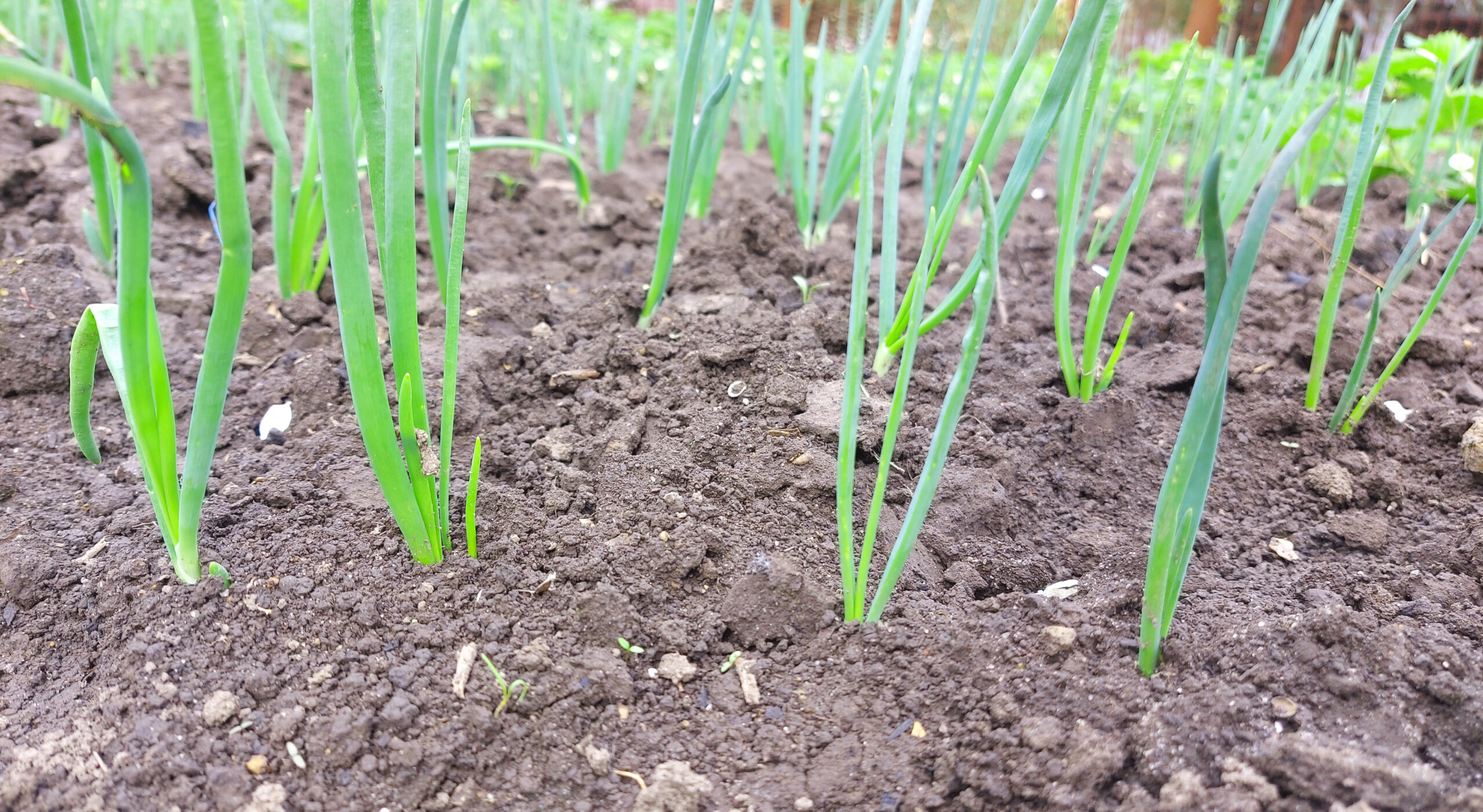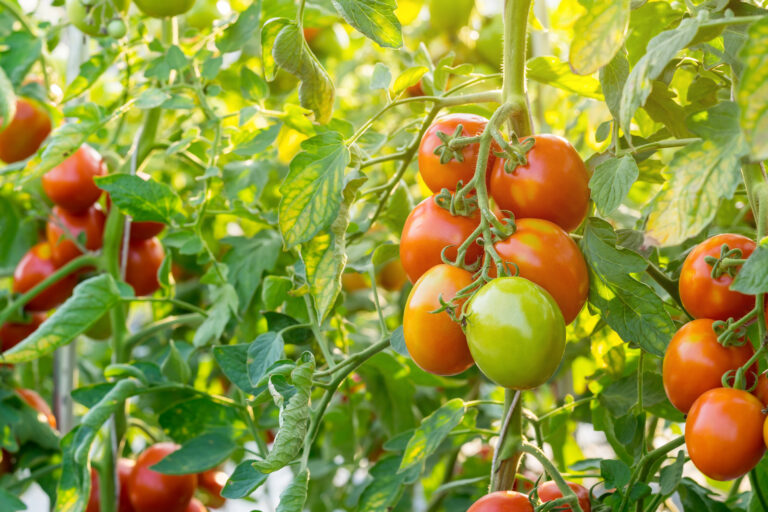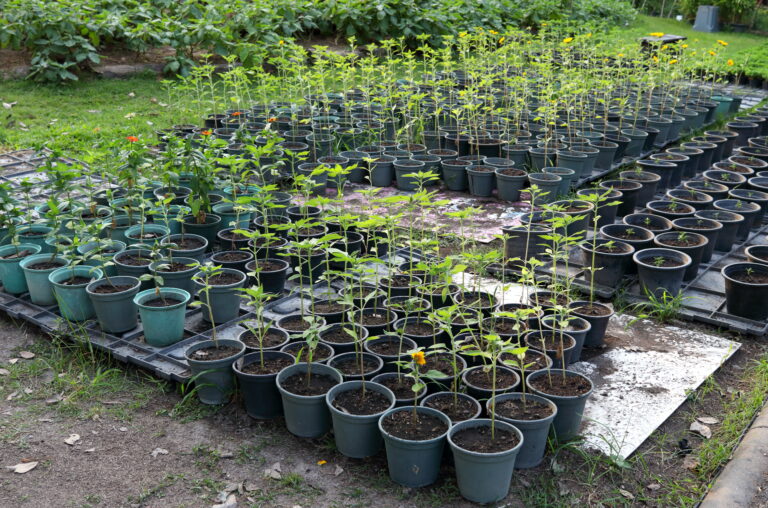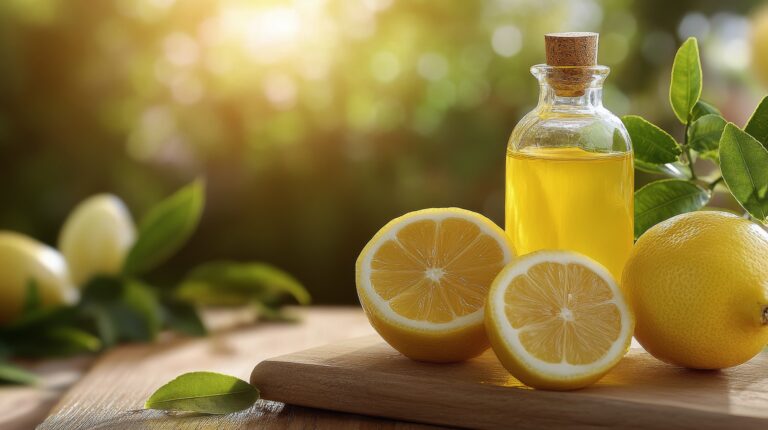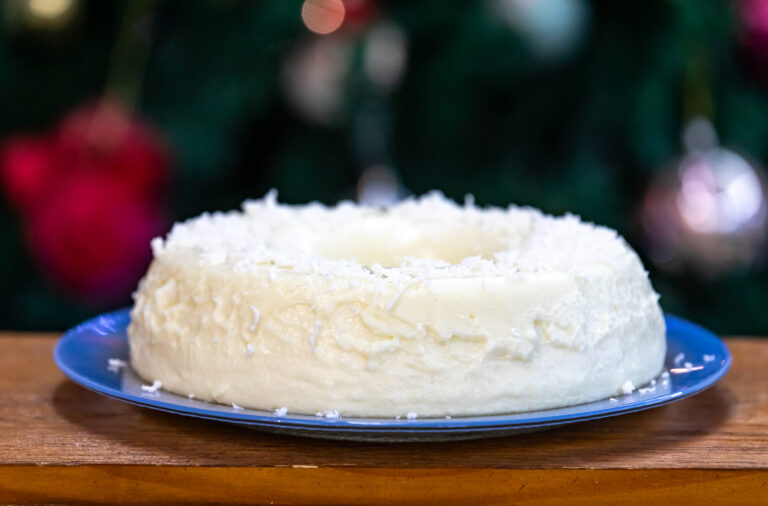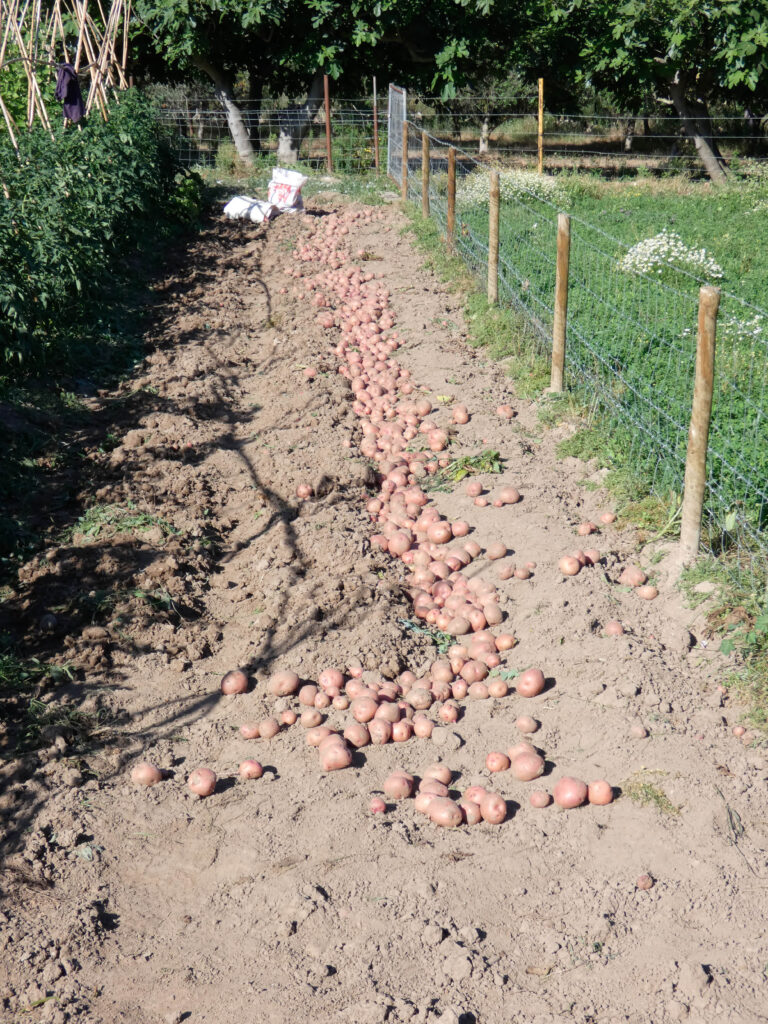Planting Depth Guide for Bulbs, Vegetables, and Fruits
Planting Depth Guide for Bulbs, Vegetables, and Fruits: Get Bigger Blooms and Better Harvests 🌷🥕🍓
Planting at the right depth can make the difference between a struggling garden and one that bursts with color and flavor. Whether you’re tucking bulbs into the soil for spring blooms or starting your next vegetable patch, knowing how deep to plant each type is essential for strong roots, healthy growth, and impressive results.
In this guide, we’ll break down the best planting depths for bulbs, vegetables, and fruits, along with key tips to set your garden up for success.
—
Why Planting Depth Matters
Each plant has its own ideal depth. Too shallow, and roots dry out or plants topple over. Too deep, and growth may be stunted or delayed. Proper depth ensures:
Better root anchorage
Improved water retention
Protection from pests and frost
Stronger, more resilient plants
Whether you’re planting a daffodil bulb or a garlic clove, placement is everything.
—
📏 5 cm Deep: For Delicate Blooms and Small Starts
🌸 Bulbs
Snowdrops (Galanthus)
Crocuses
Irises
These early spring bloomers don’t need to go deep. A light planting helps them pop up quickly after winter.
🥬 Vegetables
Garlic cloves (pointy end facing up)
Garlic prefers to sit just below the surface, where it can establish roots without rotting.
🍍 Fruits
Pineapple crowns
Simply twist off the crown from a ripe pineapple and press it lightly into soil. Shallow planting promotes quicker rooting and new growth.
—
📏 8–10 cm Deep: Mid-Depth for Sturdy Shoots
🌸 Bulbs
Muscari (grape hyacinth)
Ranunculus
Hyacinths
Tulips
This depth supports mid-sized bulbs, helping them anchor and produce stunning blooms in late spring.
🥔 Vegetables
Onions
Potatoes (cut or whole, eyes facing up)
These veggies need enough coverage to develop multiple roots and tubers, while still allowing sprouts to break through.
🍌 Fruits
Banana suckers (offshoots)
Plant deeply to anchor the plant and promote a stable, productive root system.
—
📏 15–20 cm Deep: Deep Roots, Strong Plants
🌸 Bulbs
Daffodils
Lilies
Fritillarias
Larger bulbs need more soil coverage to protect them from frost and support tall, heavy flower stalks.
🥕 Vegetables
Sweet potatoes
Jerusalem artichokes
These crops need deep planting to encourage tuber development and prevent green patches.
🍇 Fruits
Grape vines (young plants)
Planting deeply encourages strong root systems, which support future grape production and drought resilience.
—
🌿 General Planting Tips for Success
Follow these essential steps to give your plants the best start:
✔️ Orientation matters – Always plant bulbs and crowns with the growth tip or pointy end facing upward.
✔️ Mind the spacing – Leave enough room between plants so roots and leaves don’t compete.
✔️ Feed the soil – Mix compost or bone meal into the planting hole to boost nutrients.
✔️ Water well – Moist soil helps kickstart root development. Add mulch in cold weather to retain warmth and moisture.
—
📅 When to Plant: Timing Is Key
🍁 Fall Planting
Best for: Spring-flowering bulbs and cold-hardy root vegetables
Why: Cooler soil temperatures help roots establish before winter dormancy.
🌱 Spring Planting
Best for: Summer-blooming flowers, melons, strawberries, and heat-loving crops
Why: Warmer soil and longer days promote faster sprouting and steady growth.
—
Final Thoughts: Dig Smart for a Thriving Garden
Whether you’re planting fragrant tulips, crisp garlic, or juicy grapes, the correct planting depth is your garden’s secret weapon. Combine thoughtful depth with rich soil, good spacing, and seasonal timing, and you’ll enjoy beautiful blooms and bountiful harvests all year long 🌷🥔🍇
—
SEO Keywords: planting depth guide, how deep to plant bulbs, vegetable planting depths, fruit planting tips, best depth for daffodils, garlic planting guide, grape vine planting tips

